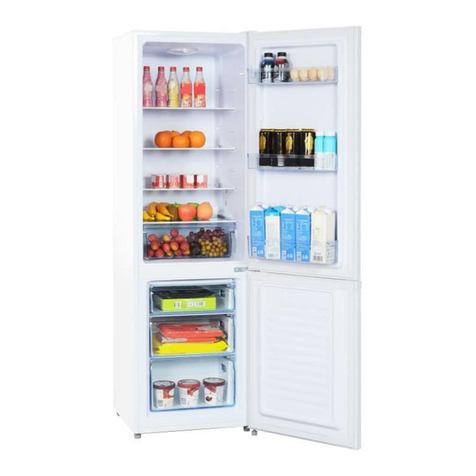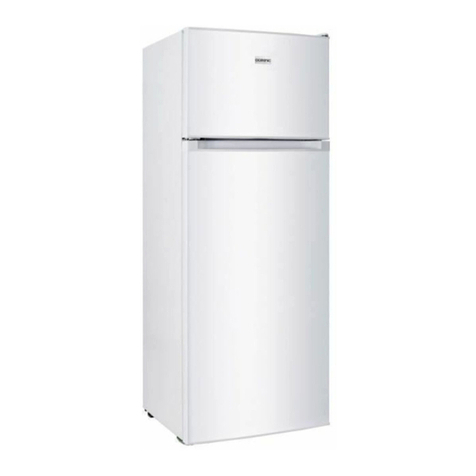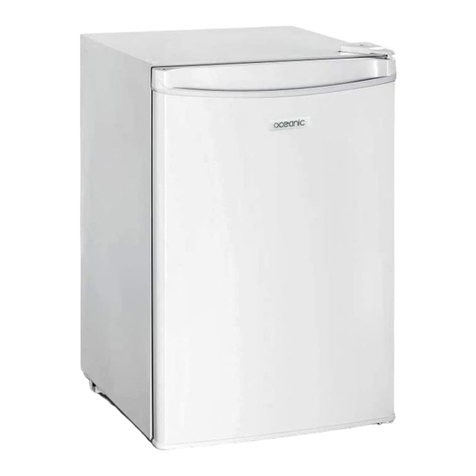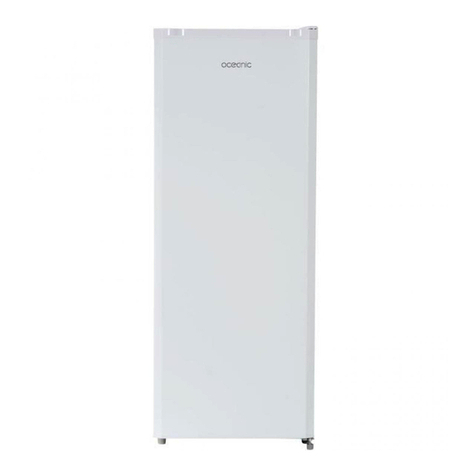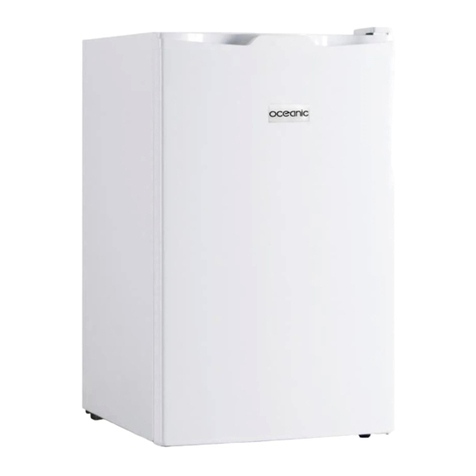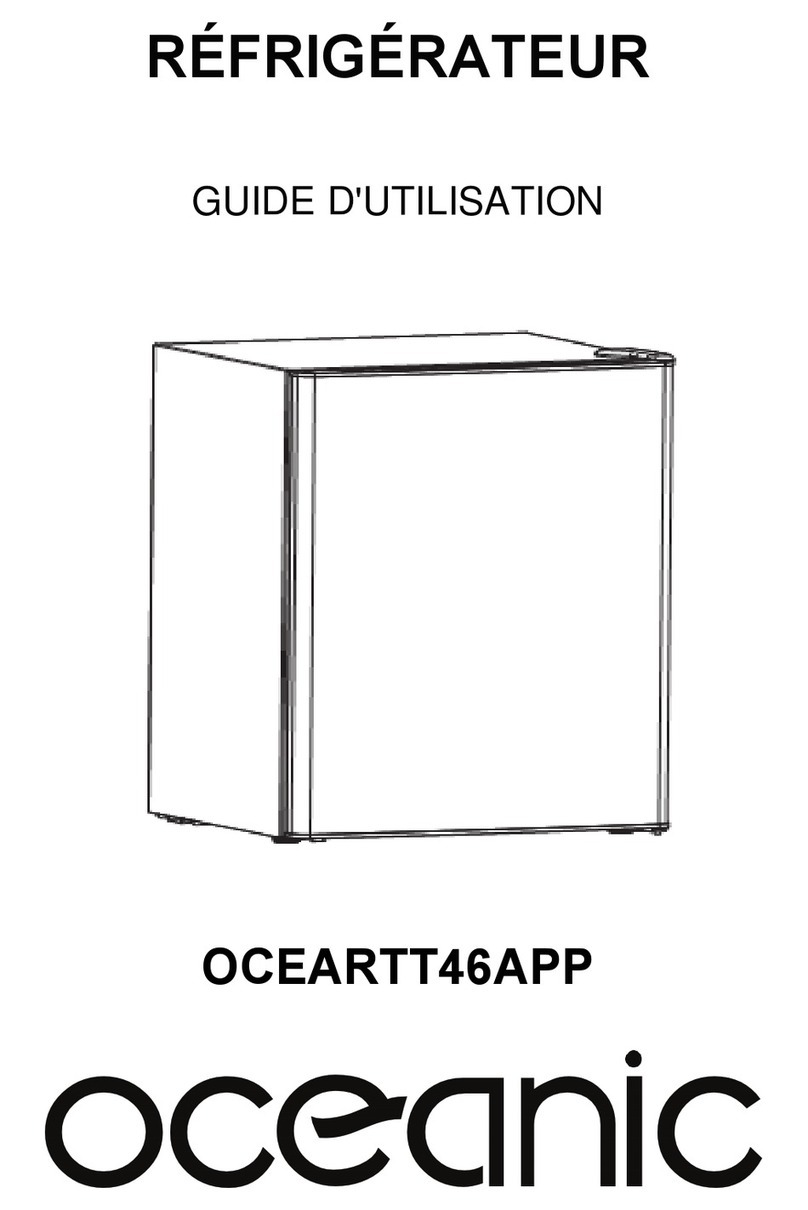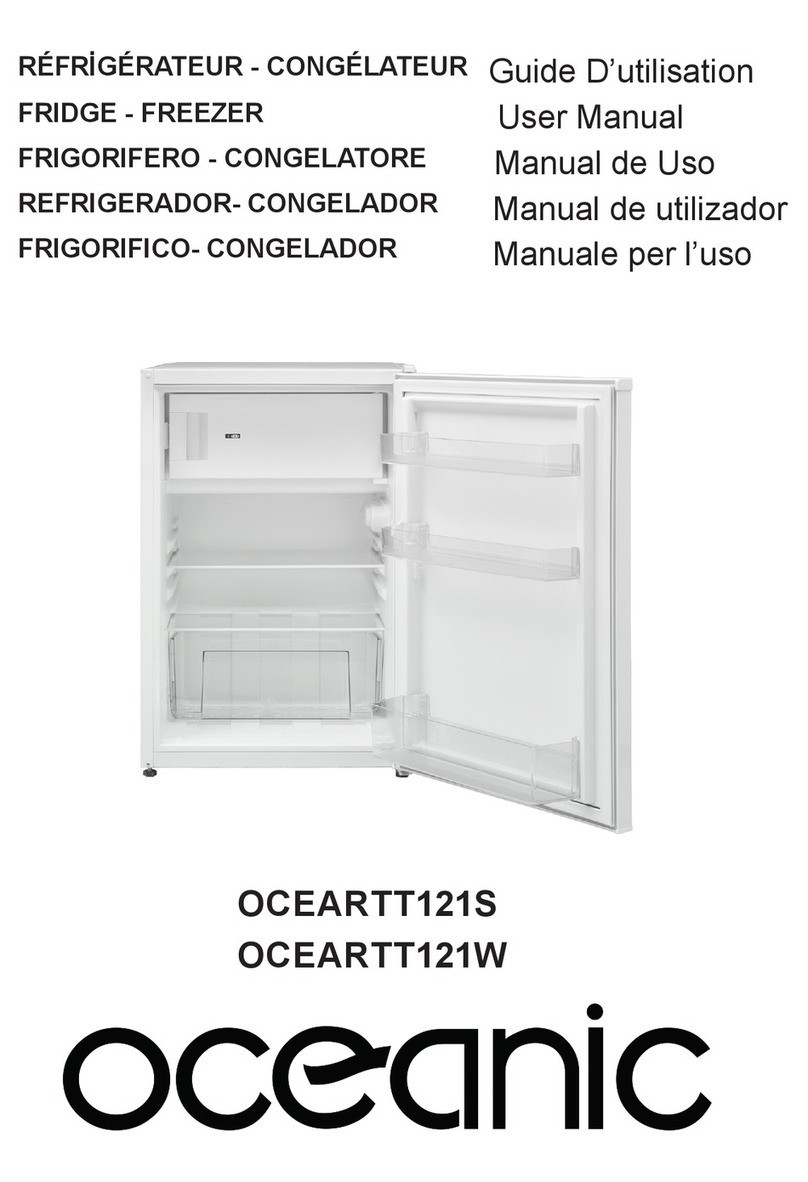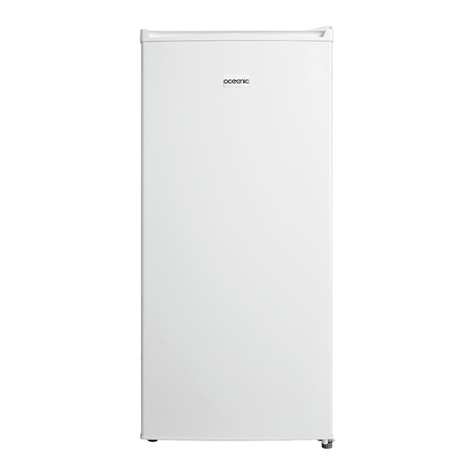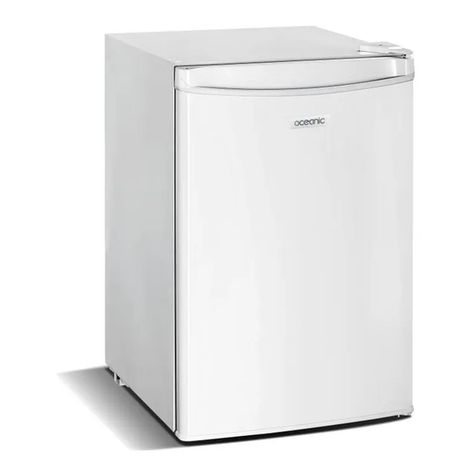
4 5
Child Safety
Packaging materials (wrapping paper,
polystyrene) can be dangerous for children.
There is a risk of suffocation! Do not leave it.
packaging materials within reach of
children! - This appliance may be used by
children at least 8 years of age and by
persons with reduced physical, mental or
mental capacity or experience or knowledge
if they are properly supervised or if
instructions for the safe use of the device
have been given to them and the risks
involved have been addressed. Children
should not be in the room with the
appliance. Cleaning and maintenance by the
user should not be done by children without
supervision.
Power cable
- Before you start your appliance, make sure
that the voltage of your home corresponds
to that indicated
on the rating plate of the appliance.
- This unit is not grounded. It must be
plugged into a wall outlet equipped with a
properly installed, grounded electrical outlet
that is connected to the electrical network in
accordance with current regulations.
- Be careful not to allow the power cord to
be crushed or pinched, especially at plugs,
convenience receptacles, and the point
where they connect to the unit.
- When opening the cable, always pull it out
of the socket, do not pull on the cable itself. -
If the power supply cable is damaged, it must
be replaced by your dealer, after-sales
service or a similarly qualified person in
order to avoid a hazard.
- Do not use an extension cord or power
strip.
- The plug must remain accessible o a switch
must be installed in the fixed pipelines
